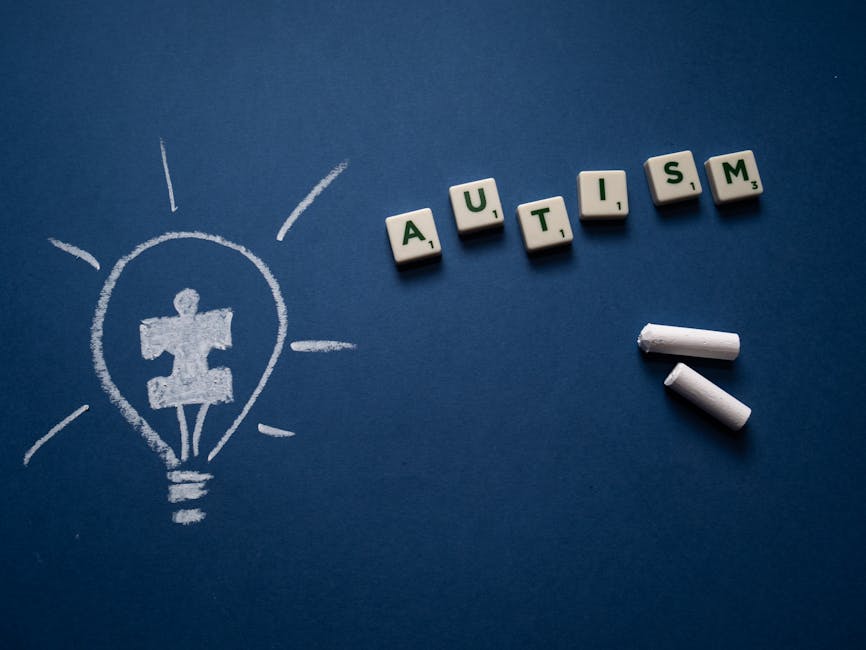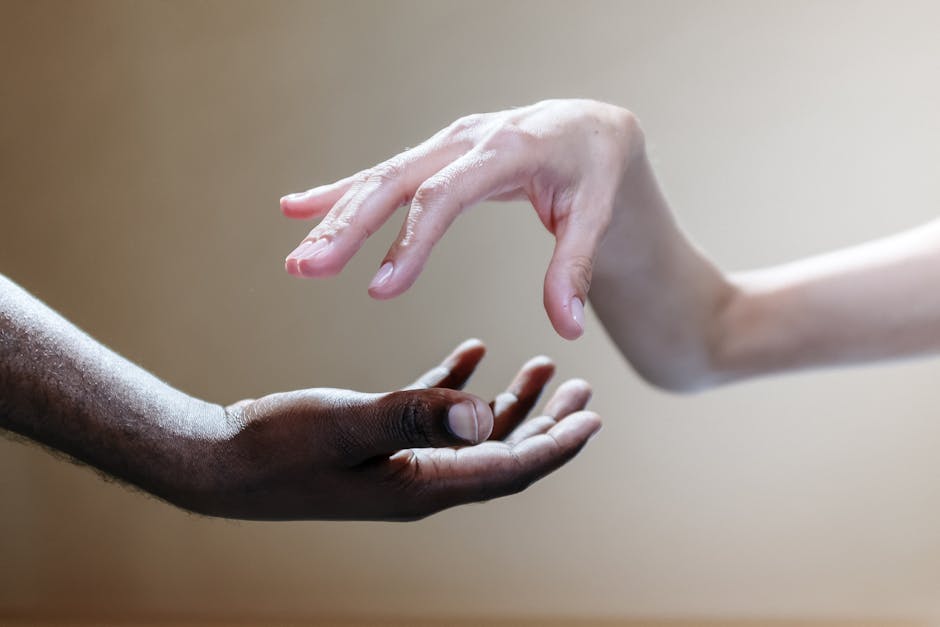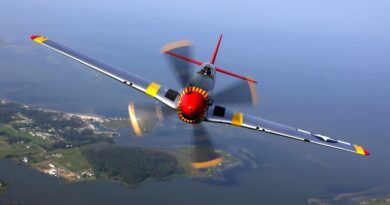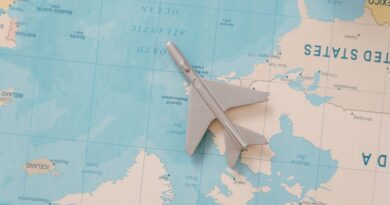Understanding Different Pilot Licenses Explained
Have you ever looked up at the sky and dreamt of flying? you’re not alone! Many people are fascinated by flying and want to become pilots. But before you take to the air, you need to understand the different types of pilot licenses available. Each license has its own rules, requirements, and exciting possibilities. Lets break them down!
What Is a Pilot License?

A pilot license is like a driver’s license for flying. It allows you to operate an aircraft safely and legally. The road to becoming a pilot is filled with learning and practice. You can’t just hop in a plane and take off! You must first obtain the proper license.
According to the FAA, there are over 600,000 certified pilots in the U.S. alone. that’s a lot of dreamers turned doers!
Why Do You Need a Pilot License?

Flying without a license is illegal and dangerous. A license ensures that you know how to handle the aircraft and react to emergencies. Think of it this way: would you want someone driving a car who didnt know the rules of the road?
What Are the Types of Pilot Licenses?

There are several types of pilot licenses, each designed for different flying needs. Here are the most common ones:
- Private Pilot License (PPL)
- Commercial Pilot License (CPL)
- Airline Transport Pilot License (ATPL)
- Sport Pilot License (SPL)
- Recreational Pilot License (RPL)
What Is a Private Pilot License (PPL)?

The Private Pilot License is the most popular choice for aspiring pilots. With a PPL, you can fly for personal use and take friends and family along for the ride. However, you can’t get paid for your flying services.
To earn a PPL, you typically need:
- At least 40 flight hours
- 40 hours of ground school
- A medical exam
This is perfect for weekend adventurers or anyone wanting to enjoy a new hobby in the clouds!
What Is a Commercial Pilot License (CPL)?
If you dream of making a career out of flying, the Commercial Pilot License is your ticket. With a CPL, you can fly for hire and get paid for your services. This could mean flying for a charter company, firefighting, or even crop dusting.
To obtain a CPL, you need to meet the following requirements:
- At least 250 flight hours
- Pass a written and practical exam
- Log specific types of flying experience
This is ideal for those who want to transform their passion for flying into a paycheck!
What Is an Airline Transport Pilot License (ATPL)?
The Airline Transport Pilot License is the highest level of pilot certification. With an ATPL, you can act as the captain of an airline flight. It requires extensive training and experience, as airline safety is paramount.
To achieve an ATPL, you usually need:
- At least 1500 flight hours
- Specific flying experience, like cross-country flights
- To pass both written and oral exams
This license is for those who aim to work for major airlines and fly larger aircraft.
What Is a Sport Pilot License (SPL)?
The Sport Pilot License is a simpler and less expensive option for those who want to fly light-sport aircraft. It allows pilots to fly during the day, in good weather conditions, and with only one passenger.
Requirements for an SPL include:
- At least 20 flight hours
- Pass a medical exam (less strict than for other licenses)
- Complete ground school and practical training
This is a great option for those just starting their flying journey or who want to keep things straightforward.
What Is a Recreational Pilot License (RPL)?
The Recreational Pilot License is a middle ground between a PPL and an SPL. It allows you to fly light aircraft, but you can carry a passenger and fly farther, though still within certain limits.
To get an RPL, youll need:
- At least 30 flight hours
- Ground school training
- To pass a medical exam
This license is suitable for casual flying and those who want a little more freedom than the SPL offers.
How Do You Choose the Right License?
Choosing the right pilot license depends on your goals. Ask yourself:
- Do I want to fly for fun or make it a career?
- How much time do I have to commit to training?
- What type of flying do I want to do?
Understanding your needs will help guide your decision. If you’re looking to simply enjoy the thrill of flying, a PPL might be enough. But if you want to turn flying into a job, consider pursuing a CPL or ATPL.
What Are the Costs Associated with Each License?
Flying can be expensive. Heres a rough estimate of what you might expect to pay for each license:
- Private Pilot License (PPL): $8,000 – $15,000
- Commercial Pilot License (CPL): $20,000 – $35,000
- Airline Transport Pilot License (ATPL): $5,000 – $10,000 (additional to CPL)
- Sport Pilot License (SPL): $3,000 – $5,000
- Recreational Pilot License (RPL): $5,000 – $10,000
These costs vary by location and flight school, so it’s wise to shop around and ask questions!
Are There Any Common Misconceptions?
Yes! Here are a few myths about pilot licenses:
- Myth: You need to know everything before starting.
- Myth: You can’t fly if you have glasses.
- Myth: All pilots are rich.
In reality, many pilots start with little knowledge and learn along the way. As for vision, many pilots fly with corrective lenses. And while flying can be pricey, there are many affordable pathways.
What Can You Do Once You Have a License?
Once you earn your pilot license, the sky’s the limit! With a PPL, you can enjoy leisurely flights. With a CPL, you can get paid to fly. And an ATPL opens doors to flying large commercial aircraft.
Many pilots also enjoy:
- Joining flying clubs for social interaction
- Participating in charity flights
- Competing in air races
Flying can lead to numerous opportunities both professionally and personally.
How Long Does It Take to Get a Pilot License?
The timeline for getting a pilot license varies. A PPL can take 3 to 6 months, while a CPL might take 6 months to a year. An ATPL requires more flight hours and can take several years to complete.
it’s all about the dedication and time you can commit. Consistent practice makes a huge difference!
Conclusion: Ready to Soar?
Becoming a pilot is an exciting journey. Understanding the different pilot licenses is the first step. Whether you want to fly for fun or make it a career, theres a license for you. Now that you know the basics, you can choose the path that fits your flying dreams!
So, are you ready to take off? Start by researching flight schools in your area. And remember, every pilot was once a beginner. Your adventure awaits!
For more information on pilot training, check out the FAA’s guide on becoming a pilot.



